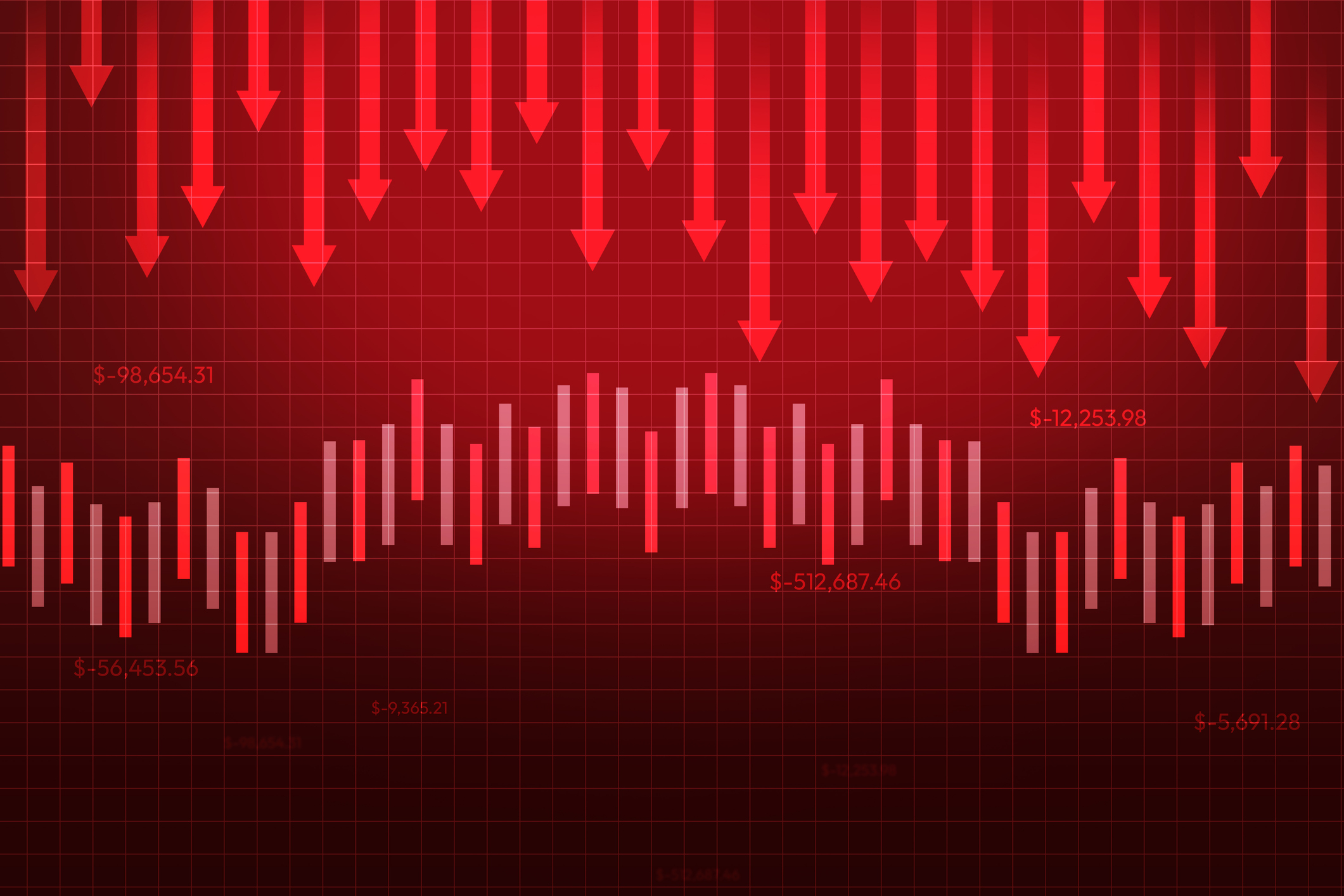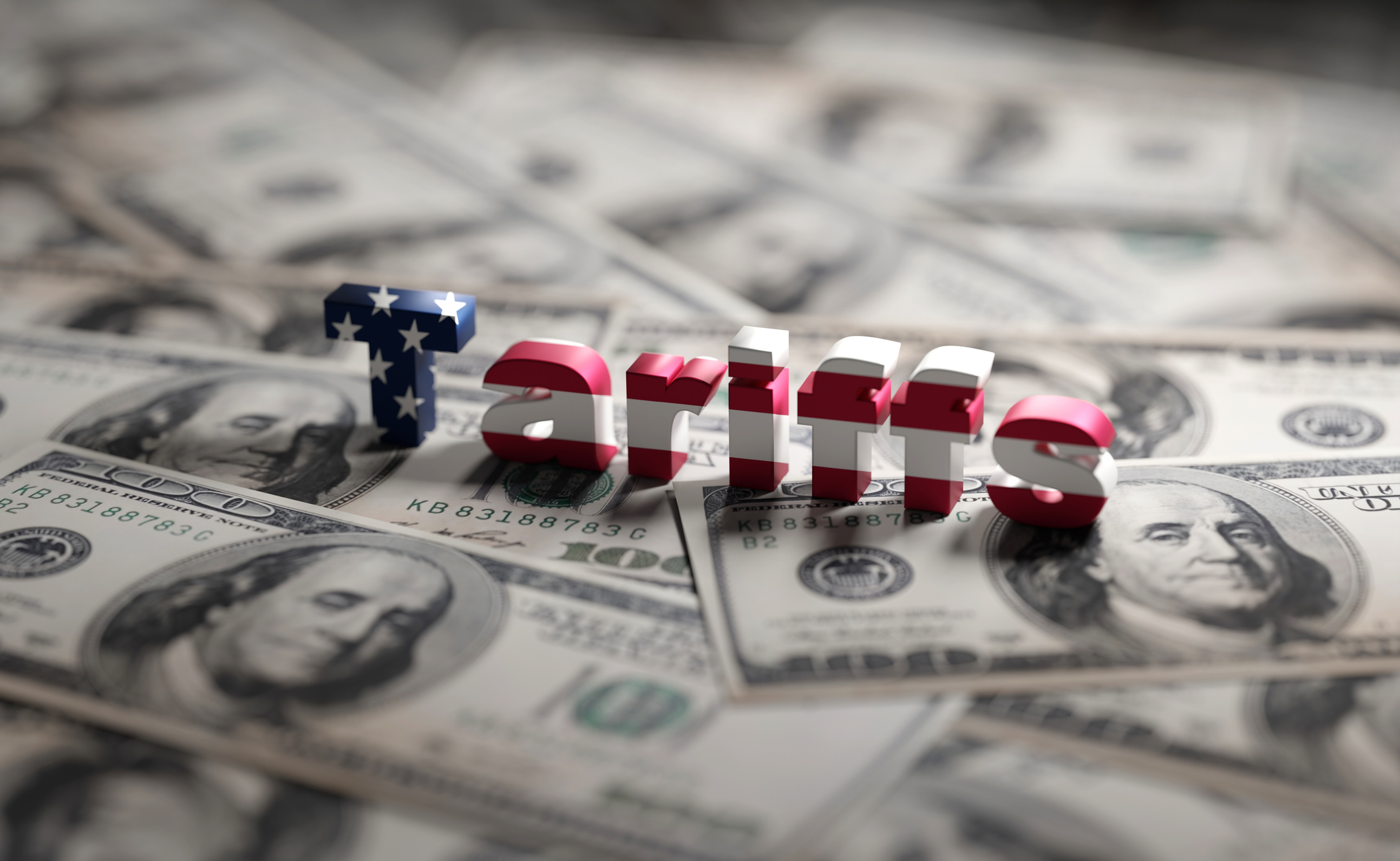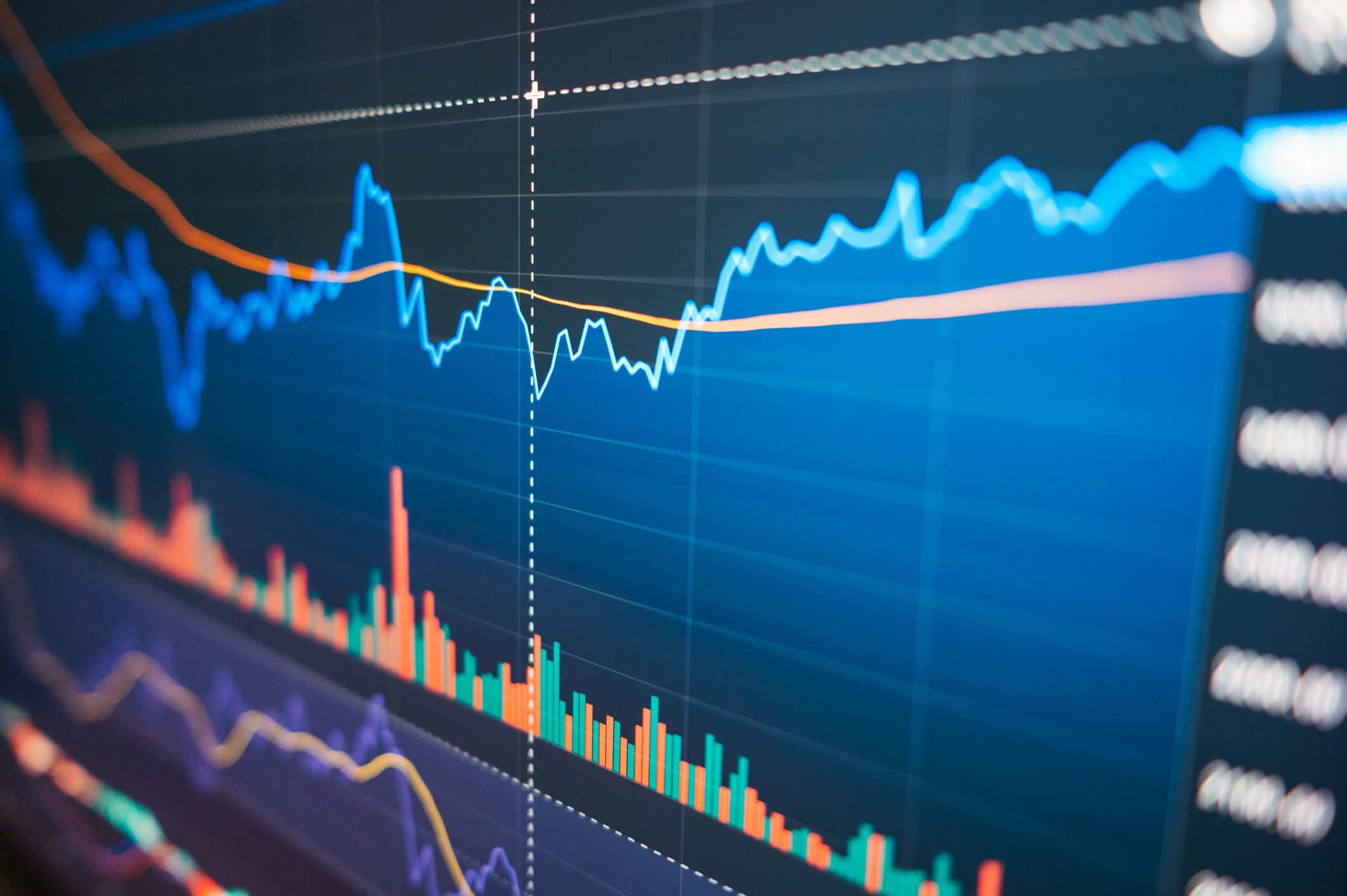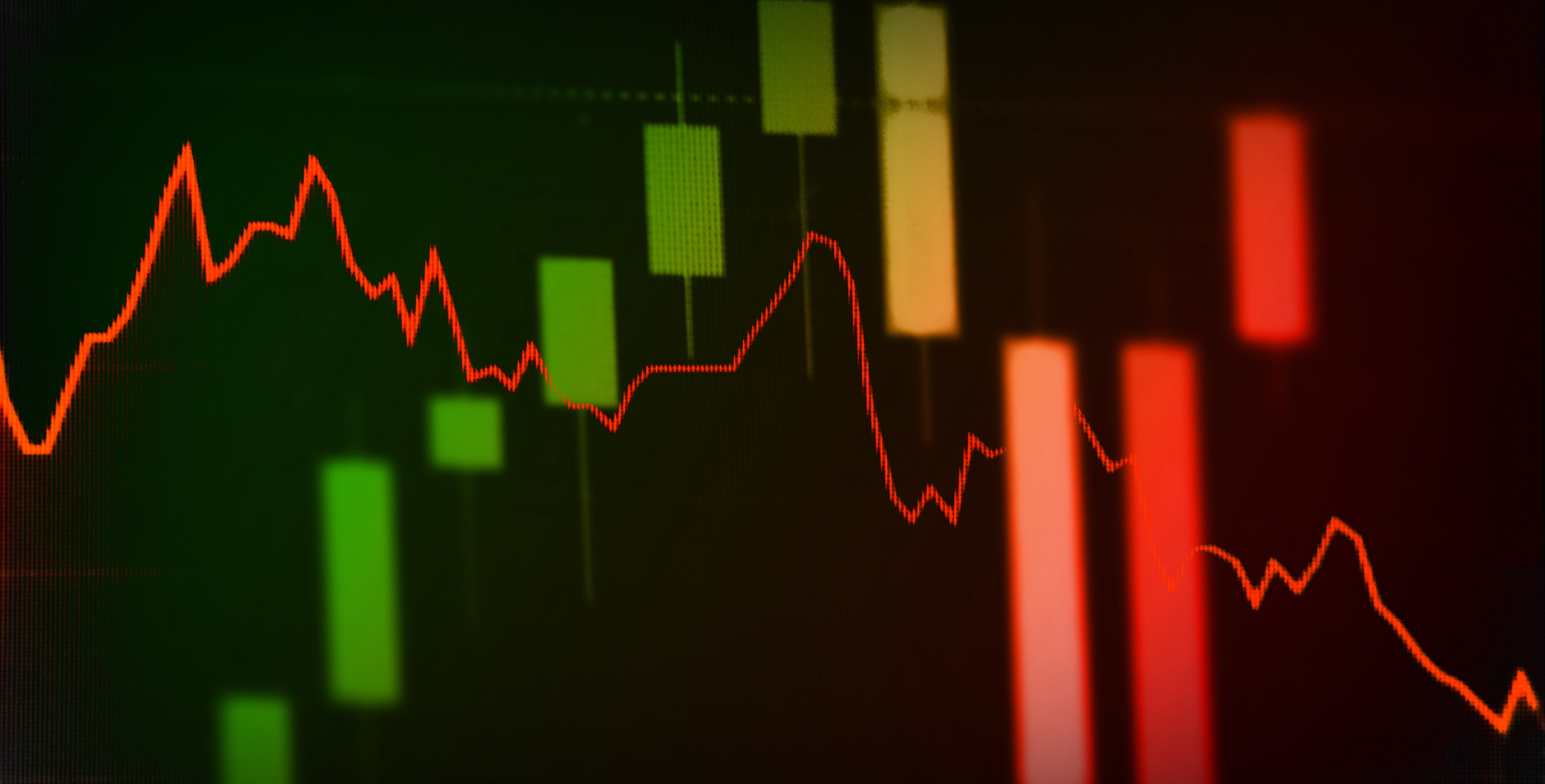Investments That Let You Sleep Tight
We identify nine low-risk stock and bond funds, plus three of the market’s steadiest stocks.
When it comes to a choice between making a lot of money in the stock market and being able to sleep at night, many investors would rather get their beauty rest. And who can blame them? A 55% decline in Standard & Poor’s 500-stock index from October 2007 through March 2009 was a painful lesson for those who underestimated the risks of owning stocks.
But a strategy of boycotting stocks entirely comes with one big risk of its own: Inflation relentlessly eats away at the value of your money. If costs rise 3% annually, a dollar today will buy only 74 cents’ worth of goods in ten years. Even the most risk-averse investor needs to find a way to at least stay ahead of inflation.
Below, we examine a dozen investing ideas that should provide inflation-beating long-term returns without giving you insomnia. We selected investments that combine better-than-average returns for their category with decent performance in down markets. We also picked funds and stocks that have a record of making money for their owners, but without the wide price swings exhibited by other, more-volatile investments.
From just $107.88 $24.99 for Kiplinger Personal Finance
Become a smarter, better informed investor. Subscribe from just $107.88 $24.99, plus get up to 4 Special Issues

Sign up for Kiplinger’s Free Newsletters
Profit and prosper with the best of expert advice on investing, taxes, retirement, personal finance and more - straight to your e-mail.
Profit and prosper with the best of expert advice - straight to your e-mail.
As a result, they’ll probably provide ho-hum returns in bull markets. But if you’d rather be safe than sorry, our choices probably won’t cause you to lose much sleep.
The investments are arranged in order of risk, from lowest to highest. On the low end, bond-fund returns should beat inflation, though not by much. The more risk you can stomach, the higher your returns should be. Keep in mind that the returns of ultrasafe investments, such as short-term bond funds, may not be enough to meet your savings goals, especially after taxes. If that’s the case, you’ll need to swallow hard and add some riskier investments to the mix.
Bond funds: For the timid
Although bonds, in general, are safer than stocks, don’t assume that all bond funds are equally low-risk. The safest ones invest in Treasuries and high-quality bonds issued by U.S. government agencies and corporations. They also favor short-term maturities because rising interest rates can ravage the value of longer-term bonds. Among the funds we like best:
Vanguard Short-Term Federal (symbol VSGBX) hasn’t had a down year since 1994, when it lost 0.9%. It emerged from last year’s storm with a positive return of 7.0%. The fund, managed since 2005 by Ronald Reardon, achieves its stability by sticking mostly to bonds issued by government agencies. From a credit-quality perspective, agency bonds are virtually as safe as Treasury securities. Short-Term Federal fund has a low, 0.2% expense ratio, a particularly important consideration when investing in a fund that doesn’t promise big returns. The fund, which sports a current yield of 1.5%, returned an annualized 5.3% over the past ten years and gained 2.9% year-to-date (all returns are through October 8).
About one-third of the assets of T. Rowe Price Short-Term Bond (PRWBX) are in corporate IOUs, which are a step up from agency debt on the risk ladder. But so many investors have sought the safety of government debt recently that the prices of those bonds have risen substantially. As a result, corporates offer more opportunity.
Although corporate bonds carry a higher risk of default than government issues, the Price fund tempers the risk by sticking with high-quality debt. All but a small fraction of its corporate-bond holdings have an investment-grade rating of triple-B or better from Standard & Poor’s. The fund, run by Edward Wiese since 1995, squeezed out a 1.2% gain in 2008, and it has returned 8.4% so far in ‘09. Over the past ten years, it returned an annualized 4.9%. The fund yields 2.6%.
One way to get more from a low-risk bond fund’s modest returns is to avoid paying taxes on them. Fidelity Intermediate Municipal Income (FLTMX) buys only issues that are free of federal taxes (and in some cases, state taxes).
The muni market has been far from sedate. Some funds suffered huge losses, and virtually all of the companies that insured muni bonds have suffered severe financial setbacks. But you can barely see evidence of this turmoil in the returns of the Fidelity fund, a member of the Kiplinger 25. Managed by Mark Sommer, the fund eked out a 1% return last year, and so far this year it has gained a solid 8.5%. It yields 2.6% tax-free, equivalent to a taxable 4.0% for an investor in the 35% federal bracket. Because the fund invests in medium-maturity bonds, it is more vulnerable than the other two funds to rising interest rates.
Mixed funds: More growth
Adding stocks to an all-bond portfolio can improve returns with only a relatively small increase in risk. That’s because the risks of stocks and bonds are somewhat offsetting. Below, we describe three solid, low-risk balanced funds (for others, see Stocks + Bonds Make for a Smoother Ride).
While many balanced funds hold a fairly constant mix of stocks and bonds, Hussman Strategic Total Return (HSTRX) takes a different approach. It owns mostly Treasuries and government-agency bonds, supplemented at times with foreign-government bonds and shares of precious-metals and utility stocks. In addition, manager John Hussman sometimes invests in options, futures and currency exchange-traded funds, when necessary, to hedge his fund’s exposure to interest rates and the dollar.
The strategy is a bit complicated, but Hussman, a former economics professor, has an excellent track record. The fund has had no down years and only four losing quarters since its 2002 launch. It returned an annualized 7.7% over the past five years through October 8, compared with 1% for the S&P 500.
FPA Crescent (FPACX) is another atypical balanced fund. Manager Steven Romick pursues a go-anywhere strategy in search of the best combination of bargain-priced common stocks, preferred stocks, bonds and sometimes cash (37% of assets lately). He’ll also bet against stocks by shorting them -- selling borrowed shares and replacing them later at what he hopes will be lower prices.
Romick, who has run the fund since 1993, has an outstanding record, producing an annualized 9.9% return with relatively low risk over the past decade. The fund, a member of the Kiplinger 25, did lose 20% in 2008. Although the decline was a rare occurrence, investors who can’t tolerate a loss that large should choose a more conservative fund.
About 60% of the assets of Vanguard Wellesley Income (VWINX) are in high-quality bonds, and the rest are in dividend-paying stocks. The combination provides stability and a nice payout (the fund recently yielded 3.7%). Wellesley Income lost 10% in 2008 -- proof that stocks can bite you even in a fund designed for safety. But that was an anomaly.
The fund has suffered just three down years in the past 15. And even though two new managers were recently named -- John Keogh and Michael Reckmeyer III from Wellesley’s longtime adviser, Wellington Management -- we don’t expect any negative impact on the fund’s performance. Over the past ten years, it returned an annualized 6.6%; the S&P’s return was essentially flat.
Stock funds: More pizzazz
Stocks are inherently risky investments. But we’ve found some funds that do a good job of keeping that risk under control.
Merger Fund (MERFX) specializes in buying stocks of companies about to be acquired. Shares of takeover targets typically trade at a discount to the announced purchase price because there’s always a risk the deal will fall through or be renegotiated. If the deal is finalized, the discount disappears and those who bet on a successful outcome make a profit.
After 20 years at the helm, the fund’s lead manager, Frederick Green, is expert at knowing which deals to invest in and which to avoid. The fund’s 4.8% annualized return over the past decade has fallen short of its annual-return target of 8% to 12%. But Merger has provided investors with steady results over the years. In 2008, the fund lost just 2.3%, a terrific performance considering that the S&P 500 plunged 37%. And the fund lost money in only one other year since its launch in 1989. Moreover, Merger doesn’t move in sync with the overall market, making it a good portfolio diversifier.
Hussman Strategic Growth (HSGFX) is a conventional growth-stock fund, but with a twist. When Hussman sees signals of rough going ahead, he uses options and futures to partially or fully hedge against a market decline. As of late September, the fund was fully hedged, reflecting Hussman’s view that the market’s risks outweigh the potential rewards for the time being. But even when the fund is fully hedged, investors can still gain if individual holdings turn in market-beating performance.
In 2008, the fund lost 9.0%, marking the fund’s first down year since its 2000 launch. Its annualized return over the past five years is a modest 2.7%. But the fund is far less risky than the S&P 500, and its return over the period still beats that of the index by an average of nearly two percentage points per year.
The team that manages Schwab Hedged Equity (SWHEX) uses computer programs to grade 3,000 stocks on a scale of A to F. The managers then buy the highest-rated stocks and sell those that are rated lowest. This long-short strategy cushions the market’s downturns because the fund can make money in a losing market as well as in a winning one. The majority of assets are invested on the long side, however, so this fund won’t emerge unscathed in a bear market; in 2008, it lost 20.5%.
Otherwise, the fund has performed as promised, offering decent, though not spectacular, returns in good years and protection in bad years. From the fund’s inception in September 2002 through October 8, it gained an annualized 6.3%, compared with 4.8% for the S&P 500.
Stocks: Spread the risk
The stocks below are as low-risk as you’re likely to find. But investing in individual stocks is always extremely risky because of the chance a company could suffer some catastrophic event. If you don’t have any other investments in stocks or stock funds, stick with a mutual fund.
Procter & Gamble (PG) is the type of safe, reliable company that investors flock to in times of uncertainty. Its household brands, including Tide, Crest and Pampers, are always in demand. And with $79 billion in annual sales, P&G has the size and the marketing muscle to keep them on top.
The Cincinnati-based firm has been good to shareholders, boosting its dividend for 53 straight years. The current annual dividend rate is $1.76 per share. At P&G’s October 8 close of $58, the stock yields 3.1% and trades for a reasonable 14 times expected earnings of $4.10 per share for the fiscal year that ends next June. Morningstar and Value Line both give shares of P&G (as well as the two stocks discussed below) top grades for safety.
ExxonMobil (XOM) neither soars nor crashes with energy prices. Its gargantuan size ($347 billion in revenues last year) and steady cash flow create a smooth ride for shareholders in any environment. The Irving, Tex., giant has paid a dividend for more than 100 years and has increased it each year over the past 27. At $69, the annual $1.68 dividend rate results in a 2.4% yield. In addition, Exxon has been a steady buyer of its own shares; the share count has fallen by 20% over the past five years, helping to prop up the value of the remaining shares.
Investors have always been willing to pay a premium for ExxonMobil over other energy stocks. Even so, the stock trades for just 12 times expected 2010 earnings of $5.88 per share.
Johnson & Johnson (JNJ), which has interests in everything from biotechnology to Band-Aids, is a good way to invest in health care without getting burned. That combination of pharmaceutical interests and household products has proved stable in economic downturns. Meanwhile, growth prospects are bright, thanks to an aging population and an explosion in health-care spending.
Investors can take great comfort in J&J’s financial strength. It is one of a handful of companies with a top credit rating of triple-A (ExxonMobil is another). It also spends freely on dividends ($1.96 per share annually) and stock buybacks. The stock, at $61, trades for 12 times expected 2010 earnings of $4.89 per share.
Profit and prosper with the best of Kiplinger's advice on investing, taxes, retirement, personal finance and much more. Delivered daily. Enter your email in the box and click Sign Me Up.
-
 Fed's Rate Cuts Could Have Impacts You Might Not Anticipate
Fed's Rate Cuts Could Have Impacts You Might Not AnticipateUnderstanding how lower interest rates could impact your wallet can help you determine the right financial moves to make.
-
 Past Performance Is Not Indicative of Your Adviser's Expertise
Past Performance Is Not Indicative of Your Adviser's ExpertiseMany people find a financial adviser by searching online or asking for referrals from friends or family. This can actually end up costing you big-time.
-
 I'm want to give my 3 grandkids $5K each for Christmas.
I'm want to give my 3 grandkids $5K each for Christmas.You're comfortably retired and want to give your grandkids a big Christmas check, but their parents are worried they might spend it all. We ask the pros for help.
-
 Dow Rises 497 Points on December Rate Cut: Stock Market Today
Dow Rises 497 Points on December Rate Cut: Stock Market TodayThe basic questions for market participants and policymakers remain the same after a widely expected Fed rate cut.
-
 Risk Is Off Again, Dow Falls 397 Points: Stock Market Today
Risk Is Off Again, Dow Falls 397 Points: Stock Market TodayMarket participants are weighing still-solid earnings against both expectations and an increasingly opaque economic picture.
-
 How to Invest for Rising Data Integrity Risk
How to Invest for Rising Data Integrity RiskAmid a broad assault on venerable institutions, President Trump has targeted agencies responsible for data critical to markets. How should investors respond?
-
 What Tariffs Mean for Your Sector Exposure
What Tariffs Mean for Your Sector ExposureNew, higher and changing tariffs will ripple through the economy and into share prices for many quarters to come.
-
 Stock Market Today: S&P 500, Nasdaq Hit New Highs on Retail Sales Revival
Stock Market Today: S&P 500, Nasdaq Hit New Highs on Retail Sales RevivalStrong consumer spending and solid earnings for AI chipmaker Taiwan Semiconductor Manufacturing boosted the broad market.
-
 Stock Market Today: Powell Rumors Spark Volatile Day for Stocks
Stock Market Today: Powell Rumors Spark Volatile Day for StocksStocks sold off sharply intraday after multiple reports suggested President Trump is considering firing Fed Chair Jerome Powell.
-
 The Best Health Care Stocks to Buy
The Best Health Care Stocks to BuyThe best health care stocks offer investors a defensive hedge in an uncertain market. Here's how to find them.
-
 Stock Market Today: Stocks Are Mixed Before Liberation Day
Stock Market Today: Stocks Are Mixed Before Liberation DayMarkets are getting into the freewheeling rhythm of a second Trump administration.